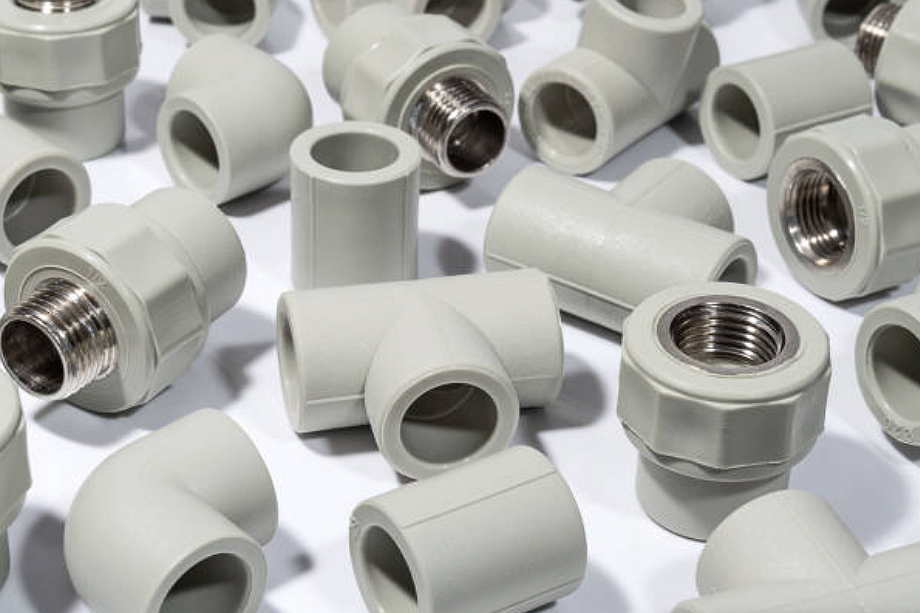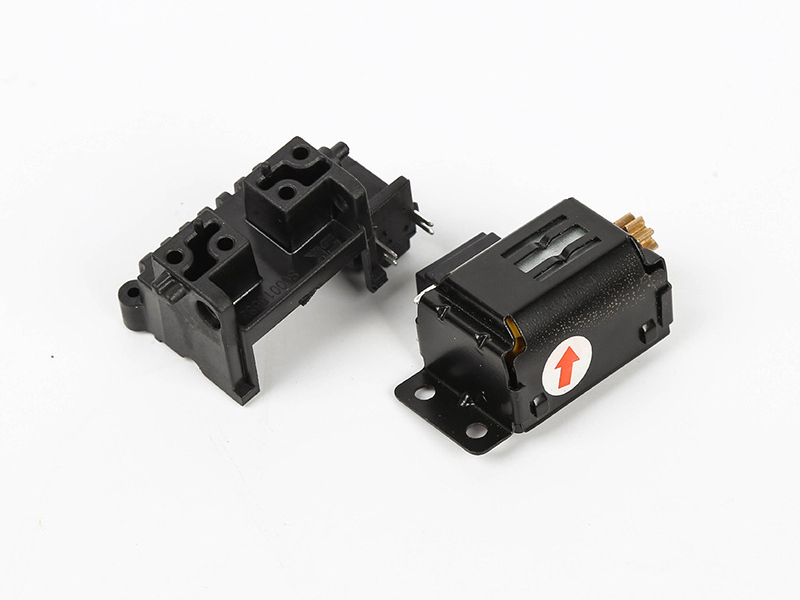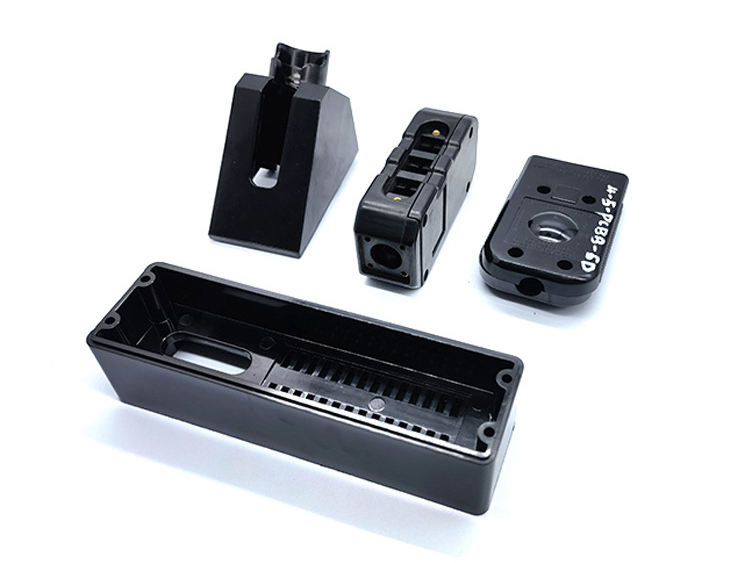What types of materials are most suitable for insert molding?
Overview of Material Selection
Insert molding combines metal or ceramic inserts with molten plastic to create a single, integrated component. The choice of materials determines adhesion strength, mechanical performance, and thermal stability. At Neway Precision, engineers carefully match the properties of inserts and polymers to ensure durability and consistency across high-performance applications.
Thermoplastic Polymers for Insert Molding
The most common materials for the plastic matrix are engineering-grade thermoplastics known for their strength, dimensional stability, and moldability. Examples include:
Nylon (PA): Offers toughness, wear resistance, and good bonding with metal inserts.
PBT: Provides high stiffness, low moisture absorption, and dimensional stability.
Polycarbonate (PC): Ideal for transparent or impact-resistant components.
PEEK: Suitable for extreme environments, offering high temperature and chemical resistance.
TPU: Commonly used in overmolding for flexible or shock-absorbing surfaces.
These polymers ensure excellent encapsulation and bonding strength, even around intricate insert geometries.
Metallic and Ceramic Inserts
The insert component is typically made of metallic or ceramic materials, providing mechanical reinforcement, conductivity, or thermal management. Popular choices include:
Stainless steel and brass for corrosion resistance and structural rigidity.
Aluminum inserts for lightweight assemblies, often used in automotive and E-Mobility parts.
Copper alloys for electrical conductivity in consumer electronics and telecommunication components.
Zirconia (ZrO2) and Alumina (Al2O3) ceramics for high wear and heat resistance in precision assemblies.
Surface Treatment for Enhanced Bonding
To achieve optimal adhesion between plastic and insert, engineers often apply treatments such as PVD coating, anodizing, or sandblasting. These methods improve surface roughness and promote mechanical interlocking between materials.
Matching Material to Application
Each combination must strike a balance among mechanical strength, cost, and environmental requirements. For example, PEEK with titanium inserts is commonly used in medical device manufacturing, while Nylon with brass inserts is suitable for locking systems. Selecting the right pair ensures longevity and consistent performance across applications.



